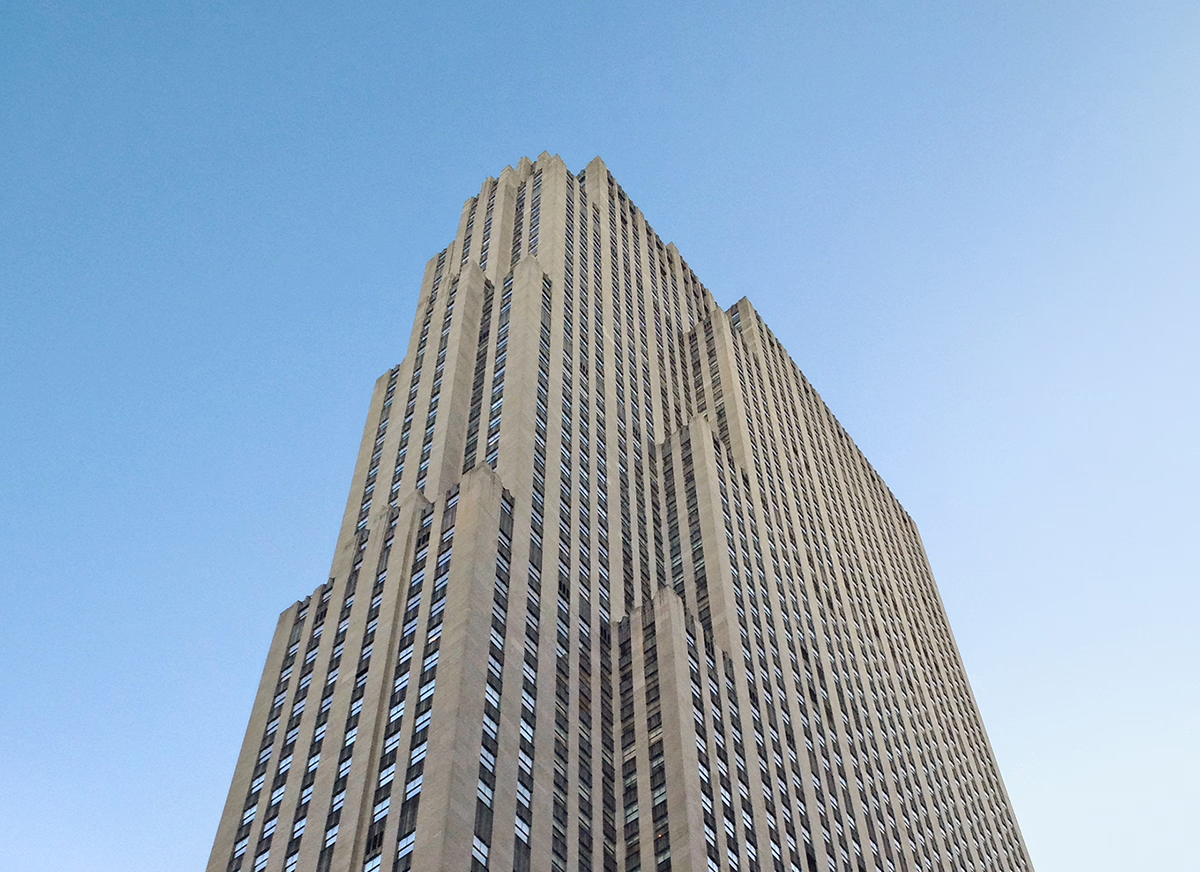Master Apartments Building vs 30 Rockefeller Plaza Buiding


Comparing the Master Apartments Building and the 30 Rockefeller Plaza Buiding is interesting because they both stand in New York, NY, and were completed within 4 years of each other, but they were designed by different architects.
This offers a unique glimpse at how rival designers approached projects in the same city during the same era.
Height & Size
The 30 Rockefeller Plaza Buiding is clearly the larger tower of the two, both in terms of height and number of floors. It rises to 853ft (260m) with 70 floors above ground, while the Master Apartments Building reaches 443ft (135m) with 29 floors above ground.
Of course, each project may have faced different briefs or regulatory constraints, which we don't really know about and could also explain the outcome.
Architectural Style
Both the Master Apartments Building and the 30 Rockefeller Plaza Buiding were designed in line with the aesthetic conventions of the Art Deco style.
At the time, this style was at the height of its popularity. So both Helmle, Corbett & Harrison and Howells & Hood followed what was in many ways expected of them, producing designs that fit comfortably within contemporary architectural norms, rather than breaking with convention.
Uses
The Master Apartments Building is primarily residential, while the 30 Rockefeller Plaza Buiding is primarily commercial.
Originally, the Master Apartments Building was designed for hotel, cultural, but over time it was converted to residential. The 30 Rockefeller Plaza Buiding by contrast has maintained its original role.
The Master Apartments Building offers 323 residential units.
Structure & Facade
Both the Master Apartments Building and the 30 Rockefeller Plaza Buiding rely on a Frame structural system.
A frame structure uses a grid of columns and beams to carry the building's loads. This frees the walls from structural duties, allowing for flexible floor plans and larger windows.
They also employ the same type of facade, a Masonry facade.
A masonry facade gives the building a heavier, more traditional appearance. It often conceals a frame structure behind it, creating the look of solid walls without carrying the main loads.
| Master Apartments Building | 30 Rockefeller Plaza Buiding | |
|---|---|---|
| Helmle, Corbett & Harrison | Architect | Howells & Hood |
| 1928 | Construction Started | 1932 |
| 1929 | Year Completed | 1933 |
| Art Deco | Architectural Style | Art Deco |
| Residential | Current Use | Commercial |
| 29 | Floors Above Ground | 70 |
| 135 m | Height (m) | 260 m |
| 17,602 m² | Usable Area (m²) | 195,095 m² |
| 4 | Number of Elevators | 60 |
| Frame | Structure Type | Frame |
| Steel | Vertical Structure Material | Steel |
| Concrete | Horizontal Structure Material | Concrete |
| No | Facade Structural? | No |
| Bricks | Main Facade Material | Limestone |
| Louis L.Horch,Nettie Horch | Developer | John D. Rockefeller Jr. |
| NY | State | NY |
| New York | City | New York |
| 310 Riverside Drive | Address | 30 Rockefeller Plaza |